Japan Climate for Foreigners: Your Complete 4-Season Guide to Weather and What to Expect

Thinking about moving to Japan and wondering what the weather will be like? You might be asking yourself: What are the summers really like? Should I be worried about typhoons? And what kind of clothes will I need for each season? If these questions are on your mind, you’re in the right place.
This article is your complete 4-season guide to Japan’s weather, designed specifically for foreigners like you who are planning to live here. We’ll break down what you can expect month by month so you can feel confident and prepared for life in Japan.
Inside, you’ll discover detailed information about the typical weather in spring, summer (including what to know about typhoons), autumn, and winter. We’ll cover everything from temperatures and humidity to the best ways to dress and prepare for each of Japan’s distinct seasons.
Spring in Japan: Mild Weather and Cherry Blossoms
Spring in Japan, generally spanning from March to May, is a season of renewal and pleasant transitions. After the cooler temperatures of winter, the air begins to warm, and nature awakens with vibrant colors, most notably the iconic cherry blossoms (桜 – sakura). According to the Japan Meteorological Agency (JMA), spring in Japan is characterized by a gradual increase in temperatures and relatively stable weather patterns, although some variability can occur, especially in early spring.

Typical Spring Weather in Japan (March, April, May)
The progression of spring in Japan sees distinct changes from month to month. March often starts with lingering coolness from winter, but the days gradually become milder. You’ll notice more sunshine and the first signs of blooming flowers. April is when spring truly takes hold, with warmer days and the peak of the cherry blossom season in many parts of the country. The weather is generally comfortable and ideal for outdoor activities. May brings a transition towards summer, with increasingly warmer temperatures and more lush greenery. It’s often considered one of the most pleasant months to be in Japan.
Temperatures and Rainfall in Spring
In March, average temperatures start to climb from the colder winter months. In Tokyo (東京), for example, the average temperature in March ranges from around 5℃ (41℉) to 13℃ (55℉). As April arrives, the warmth becomes more noticeable, with average temperatures in Tokyo ranging from about 10℃ (50℉) to 19℃ (66℉). May brings even warmer weather, with average temperatures typically between 15℃ (59℉) and 23℃ (73℉).
Rainfall during spring is generally moderate. While there isn’t a distinct rainy season like in early summer, occasional showers can occur. According to the JMA data, the precipitation levels in spring are usually lower compared to the summer months.
What to Wear in Spring
Dressing in layers is advisable during the spring months in Japan, especially in early spring when the mornings and evenings can still be quite cool. In March, warmer coats, sweaters, and scarves are recommended. As the weather becomes milder in April, lighter jackets, cardigans, and long-sleeved shirts are usually sufficient. By May, short-sleeved shirts and lighter pants become comfortable on most days. It’s always a good idea to check the local weather forecast for specific temperature predictions and pack accordingly.
Popular Spring Events and Activities
Spring in Japan is synonymous with cherry blossom viewing (花見 – hanami). The blooming of cherry blossoms typically starts in the south around late March and gradually moves north, reaching Hokkaido in early May. This phenomenon is widely celebrated with outdoor gatherings, picnics, and festivals in parks and along rivers where cherry trees are abundant. Beyond cherry blossoms, spring is also a great time for hiking, exploring gardens, and enjoying the generally pleasant weather before the onset of summer heat and humidity. Many traditional festivals also take place during the spring months across Japan.
Want to know more about spring travel in Japan? Then, check out the article below!
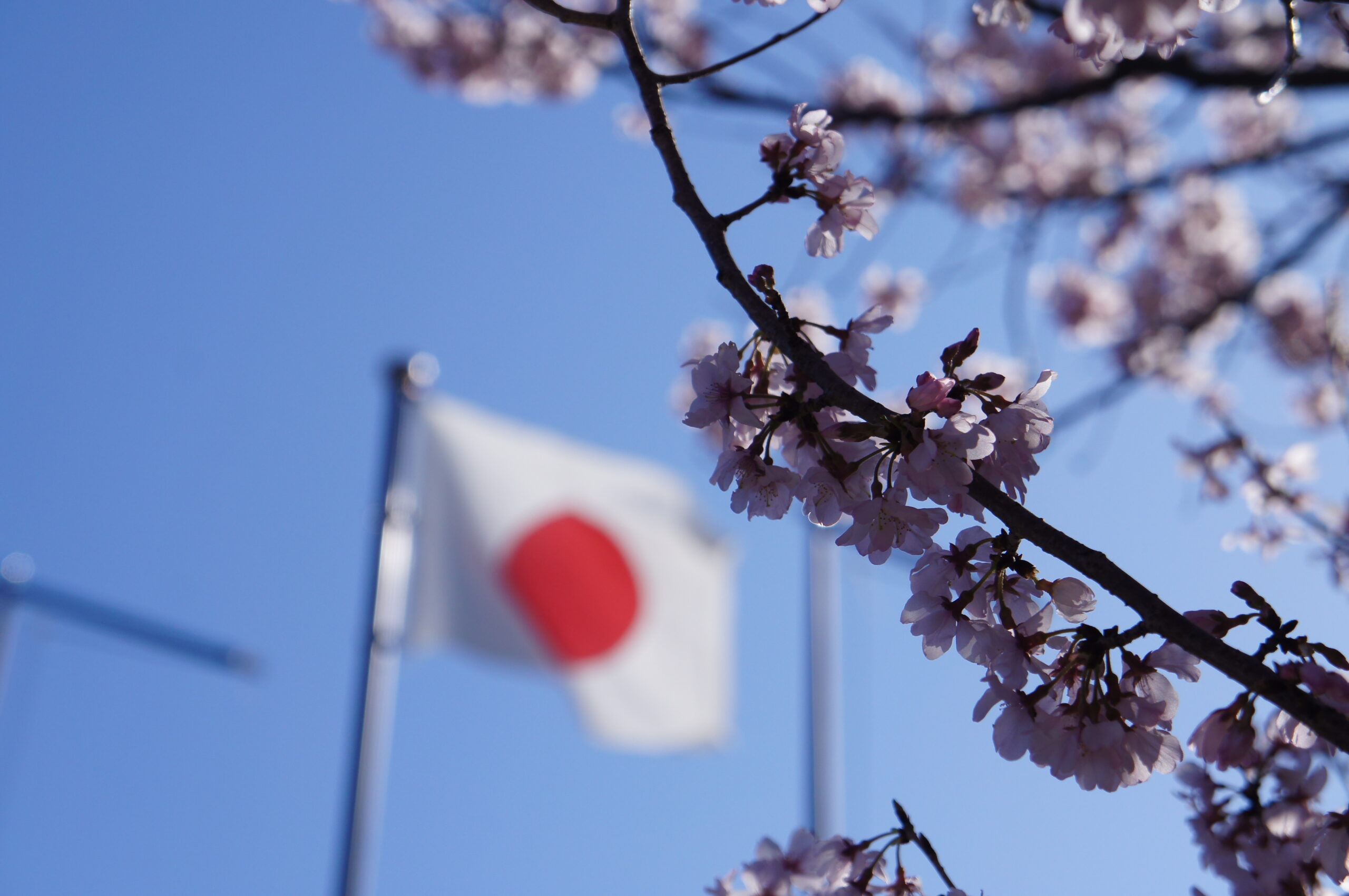
Summer in Japan: Heat, Humidity, and Typhoons
Summer in Japan, generally from June to August, is characterized by hot and humid weather, and it’s also the season when typhoons can occur. This period presents a significant contrast to the pleasant spring and autumn seasons. According to the Japan Meteorological Agency (JMA), summer in Japan is influenced by a subtropical high-pressure system, leading to high temperatures and significant humidity across most of the country.
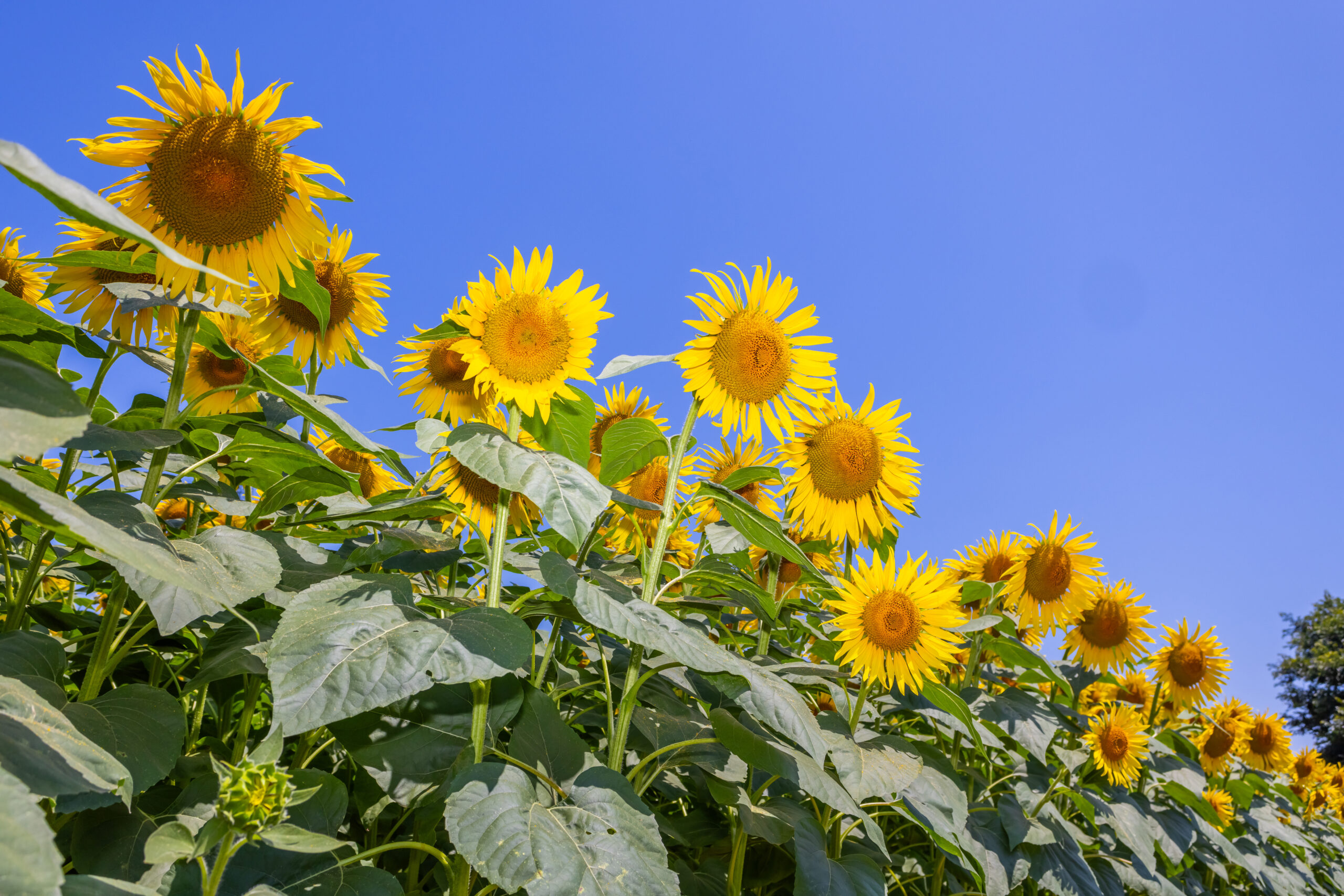
The Hot and Humid Japanese Summer (June, July, August)
The summer heat typically begins to intensify in June. While the month starts with the rainy season, temperatures and humidity levels gradually rise as it progresses. July and August are generally the hottest months, with daytime temperatures often exceeding 30℃ (86℉) and humidity levels frequently reaching 80% or higher. This combination can make the weather feel quite oppressive. Evenings often remain warm and humid, providing little relief from the daytime heat.
Understanding the Rainy Season (梅雨 – Tsuyu)
The rainy season, known as 梅雨 (tsuyu), usually begins in early to mid-June and lasts for about a month, typically ending in mid-July. It starts earlier in the southern regions of Japan and gradually moves northward. During Tsuyu, Japan experiences prolonged periods of rain, which can range from light drizzles to heavy downpours. While the rain can be persistent, there are often breaks of sunshine as well.
The humidity is particularly high during this season, which can make the air feel heavy and uncomfortable. It’s important to be prepared for wet conditions and take measures to prevent mold and mildew in your living space.
What to Expect During Typhoon Season (台風 – Taifū)
Typhoon season in Japan typically runs from summer into early autumn, with the peak period being from August to October. Typhoons (台風 – taifū) are tropical cyclones that form over the warm waters of the Pacific Ocean and can bring strong winds, heavy rainfall, and high waves to Japan.
While not every typhoon makes landfall, it’s important to stay informed about potential typhoon paths and take necessary precautions. The JMA provides regular updates and warnings about approaching typhoons. These warnings often include advice on what to do to stay safe, such as securing outdoor items, avoiding coastal areas, and being prepared for potential disruptions to transportation and utilities.
Related article you may find interesting:

Tips for Staying Cool and Healthy in Summer
Dealing with the heat and humidity of the Japanese summer requires some adjustments. Here are a few tips:
- Stay hydrated: Drink plenty of water and other fluids throughout the day to avoid dehydration.
- Dress appropriately: Wear light, loose-fitting clothing made from breathable fabrics like cotton.
- Use air conditioning: If possible, use air conditioning in your home and workplace to stay cool.
- Avoid strenuous activity during peak hours: Try to avoid heavy physical exertion during the hottest parts of the day.
- Be aware of heatstroke: Learn the symptoms of heatstroke and take precautions to prevent it, such as taking breaks in cool places and using cooling towels.
Summer Festivals and Events
Despite the heat, summer in Japan is also a vibrant time with many traditional festivals and events. Summer festivals (夏祭り – natsu matsuri) are common, featuring colorful parades, food stalls, and traditional performances. Fireworks festivals (花火大会 – hanabi taikai) are another popular summer attraction, drawing large crowds to witness spectacular displays of fireworks. These events offer a great opportunity to experience Japanese culture, even in the midst of the summer heat.

Autumn in Japan: Pleasant Temperatures and Colorful Foliage
Autumn in Japan, typically spanning from September to November, is often considered one of the most pleasant times of the year. Following the hot and humid summer, the weather transitions to cooler, more comfortable temperatures, and the landscape transforms into a breathtaking display of autumn foliage. According to the Japan Meteorological Agency (JMA), autumn in Japan is characterized by gradually decreasing temperatures and clear, sunny days, making it an ideal season for outdoor activities.

Enjoying Autumn in Japan (September, October, November)
The arrival of September brings a welcome relief from the summer heat. While early September might still have some lingering warmth and occasional typhoons, the temperatures generally start to cool down as the month progresses. October is often considered the peak of autumn, with comfortable daytime temperatures and crisp evenings. This is a popular time for travel and outdoor pursuits. November sees further cooling, and in some northern regions, the first signs of winter might appear. The autumn foliage continues to spread across the country during this month.
Temperature and Humidity in Autumn
In September, average temperatures in Tokyo (東京) range from around 21℃ (70℉) to 27℃ (81℉), with humidity also decreasing compared to the summer months. October offers even more comfortable conditions, with average temperatures in Tokyo ranging from about 15℃ (59℉) to 21℃ (70℉). By November, the air becomes cooler, with average temperatures typically between 9℃ (48℉) and 16℃ (61℉). Rainfall in autumn is generally lower than in summer, contributing to the clear and sunny days that are characteristic of the season.
Recommended Clothing for Autumn
As the temperatures gradually cool throughout autumn, it’s best to dress in layers. In early September, you might still be comfortable in long-sleeved shirts or light sweaters during the day, but a light jacket might be needed in the evenings. By October, warmer sweaters, light jackets, and perhaps a scarf for cooler evenings will be appropriate. In November, you’ll likely need warmer coats, thicker sweaters, and possibly gloves, especially in the mornings and evenings.
Best Spots for Autumn Foliage (紅葉 – Koyo)
Just as spring is famous for cherry blossoms, autumn in Japan is renowned for its vibrant autumn foliage (紅葉 – koyo). The changing colors of leaves, particularly maple trees, create stunning landscapes that attract many visitors. The progression of autumn foliage typically starts in the northern and higher altitude areas around mid-September and gradually moves south, reaching the lower elevations of southern Japan in late November to early December. Popular spots for viewing autumn leaves include national parks, temples, and mountains across the country.
Winter in Japan: Snow and Cold Weather
Winter in Japan, generally from December to February, brings colder temperatures and, in many regions, snowfall. The characteristics of winter weather can vary significantly across the country, from heavy snow in the north to milder conditions in the south.

Winter Weather Across Japan (December, January, February)
December marks the beginning of winter, with temperatures dropping across the country. Snowfall becomes more frequent in northern and mountainous regions. January is typically the coldest month in most parts of Japan, with freezing temperatures common in many areas. Snowfall is also generally at its peak during this time. February starts to see a gradual warming trend in some areas, but cold weather and snowfall can still be expected, especially in the north.
Regional Differences in Winter Climate (e.g., Hokkaido vs. Okinawa)
The winter climate in Japan exhibits significant regional variations. Hokkaido (北海道), in the far north, experiences long, harsh winters with heavy snowfall and temperatures often staying below freezing. This region is famous for its ski resorts and winter festivals. In contrast, Okinawa (沖縄), in the south, has a subtropical climate, and winters are mild with temperatures rarely dropping below 10℃ (50℉). Snow is extremely rare in Okinawa.
The climate in regions like Tokyo (東京) and Osaka (大阪) is somewhere in between, with cold temperatures, occasional snowfall, and mostly dry, sunny days. The Japan Alps (日本アルプス – Nihon Arupusu), a major mountain range in central Honshu, also experiences heavy snowfall and very cold temperatures, making it another popular destination for winter sports.
Staying Warm: Clothing and Home Heating
Staying warm during the Japanese winter requires appropriate clothing and heating in your home. Layering is key, allowing you to adjust to changing temperatures throughout the day. Warm coats, sweaters, hats, gloves, and scarves are essential, especially in colder regions. For footwear, waterproof and insulated boots are recommended if you are in an area with snow or ice.
Regarding home heating, many Japanese homes use kerosene heaters, electric heaters, and air conditioners with heating functions. Proper insulation and draft protection can also help to keep your home warm and energy-efficient.
Winter Sports and Activities
Despite the cold, winter in Japan offers a variety of enjoyable activities. Skiing and snowboarding are very popular in areas like Hokkaido, Nagano, and Niigata, which receive abundant snowfall. Ice skating and snow festivals are also common winter attractions. Onsen (温泉), or hot springs, are particularly enjoyable during the cold winter months, providing a relaxing way to warm up. Additionally, many cities have beautiful winter illuminations that are worth seeing.
We also recommend checking out this articles!
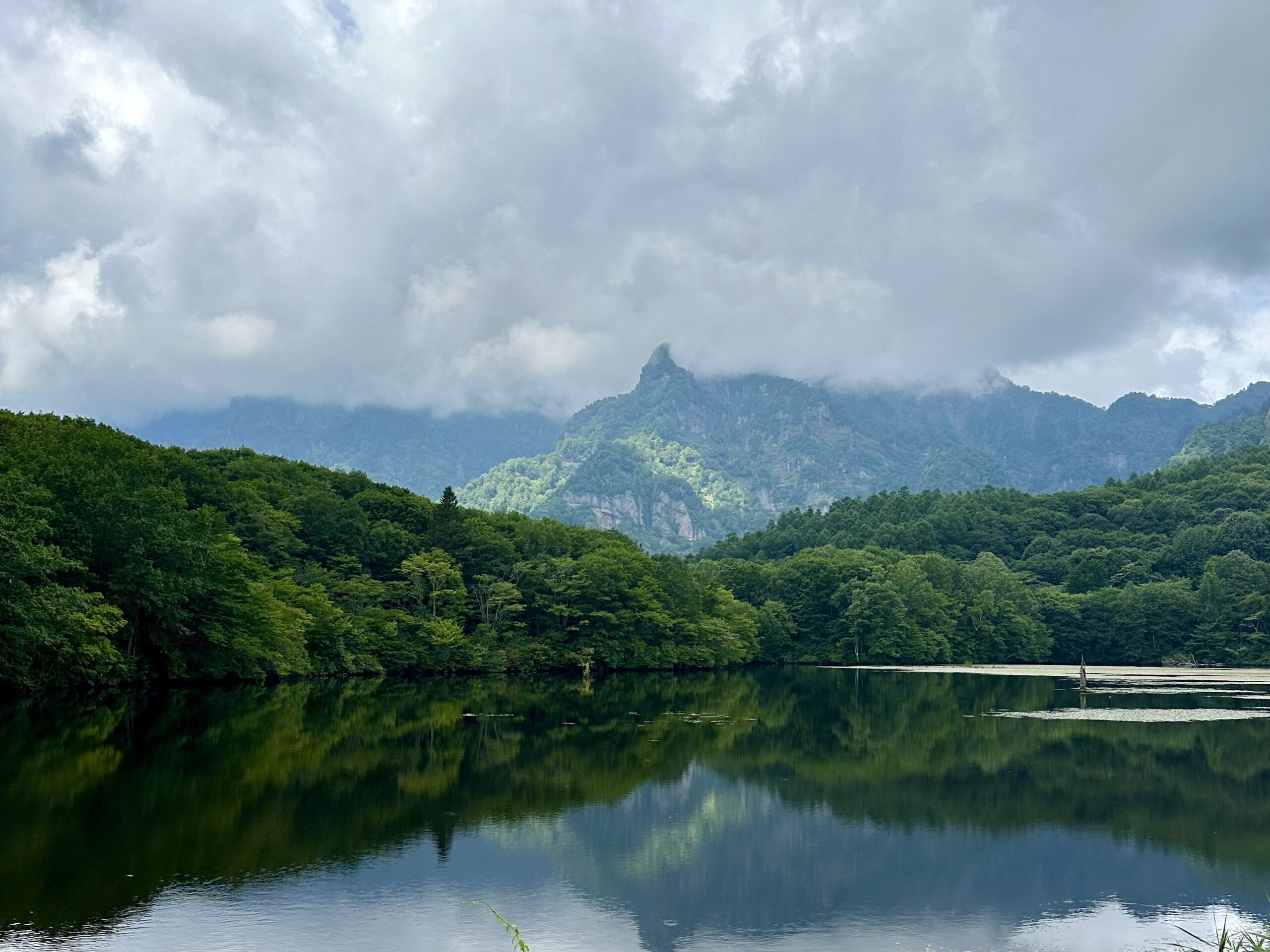
Understanding Japan’s Weather Forecast
Knowing how to access and understand the weather forecast in Japan is crucial for daily life and for planning activities, especially for newcomers. Fortunately, there are several reliable resources available in English.
Where to Find Reliable Weather Forecasts (Japan Weather Forecast)
The Japan Meteorological Agency (JMA) is the primary official source for weather information in Japan. Their website provides detailed weather forecasts, warnings, and advisories for all regions of Japan. While some parts of the website might be in Japanese, they also offer information in English. Many popular international weather websites and apps, such as AccuWeather, The Weather Channel, and BBC Weather, also provide forecasts for cities and regions across Japan.
Additionally, some Japanese news outlets like NHK World offer weather reports in English on their websites and television broadcasts. When searching online, using the term “Japan Weather Forecast” along with the specific city or region you are interested in will yield relevant results.
Key Japanese Weather Terms to Know
While you can often find weather information in English, understanding some basic Japanese weather terms can be helpful, especially if you encounter local information or want to listen to Japanese weather broadcasts. Some common terms include:
- Sunny (晴れ – hare)
- Cloudy (曇り – kumori)
- Rain (雨 – ame)
- Snow (雪 – yuki)
- Typhoon (台風 – taifū)
- Rainy season (梅雨 – tsuyu)
- Maximum temperature (最高気温 – saikō kion)
- Minimum temperature (最低気温 – saitei kion)
- Humidity (湿度 – shitsudo)
- Probability of precipitation (降水確率 – kōsui kakuritsu)
Understanding Temperature and Humidity Readings
Weather forecasts in Japan typically provide temperature readings in Celsius (℃). It’s useful to familiarize yourself with the Celsius scale if you are more accustomed to Fahrenheit (℉). Humidity is usually given as a percentage (%). High humidity, especially in combination with high temperatures, can make the weather feel much hotter than the actual temperature. Pay attention to both temperature and humidity levels to get a better sense of how comfortable the weather will be.
Tips for Living Comfortably in Japan’s Climate
Adapting to Japan’s climate, with its distinct seasonal variations and occasional extreme weather, can significantly enhance your comfort and well-being. Here are some practical tips for navigating the different conditions you might encounter.
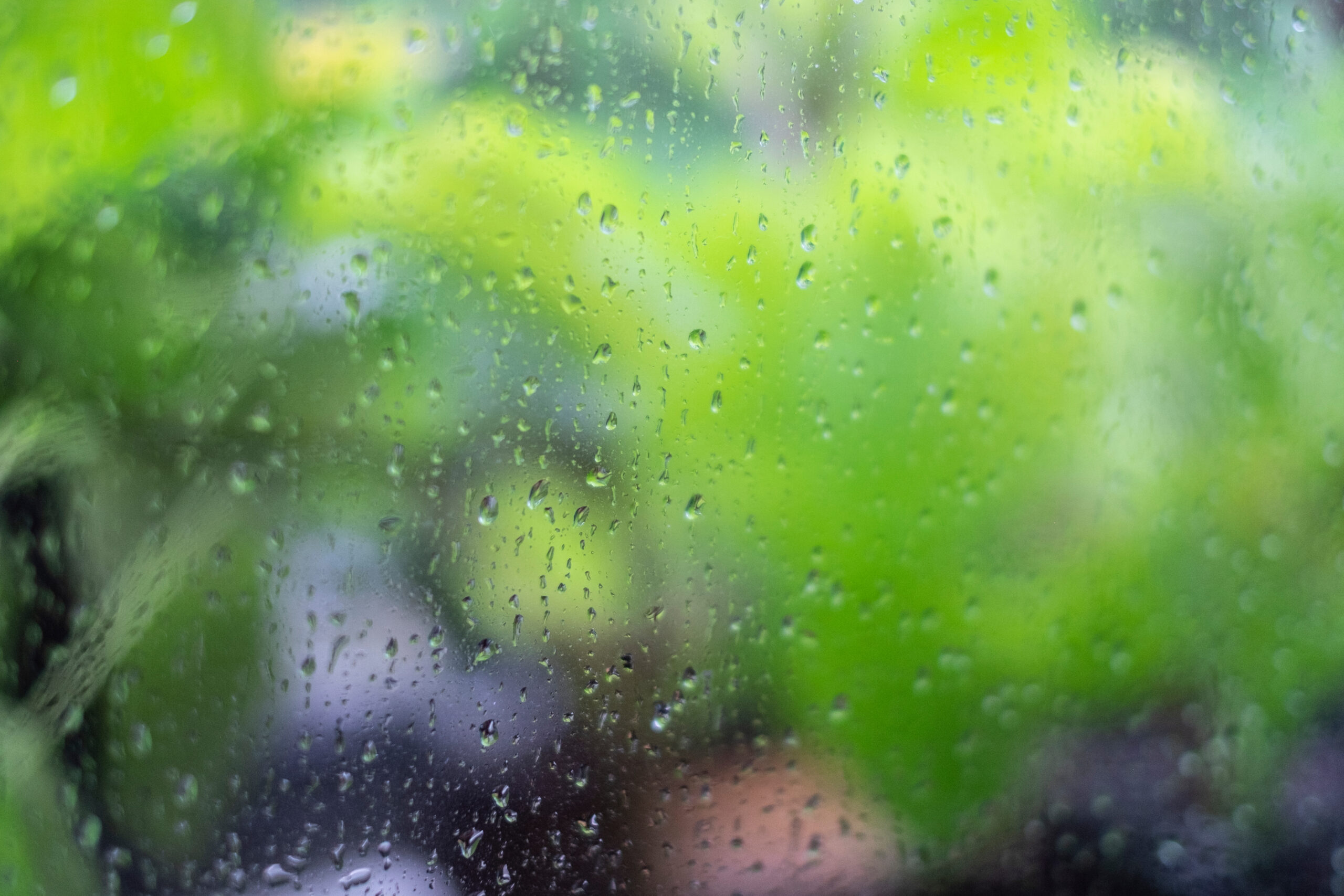
Dealing with Humidity Year-Round
Humidity can be a significant factor in Japan, particularly during the summer months and the rainy season (梅雨 – tsuyu). To combat high humidity:
- Use dehumidifiers: Consider using a dehumidifier in your home, especially during the humid summer months and Tsuyu.
- Ensure good ventilation: Open windows regularly to allow fresh air to circulate, especially on drier days. Use ventilation fans in bathrooms and kitchens.
- Control mold and mildew: High humidity can lead to mold and mildew growth. Keep your home clean and dry, and use mold and mildew removers as needed.
- Choose breathable bedding and clothing: Opt for natural fabrics like cotton that allow for better air circulation.
Protecting Yourself from the Sun
The sun can be strong in Japan, especially during the summer. It’s important to protect yourself from excessive sun exposure:
- Wear sunscreen: Use a broad-spectrum sunscreen with a high SPF, even on cloudy days.
- Wear a hat and sunglasses: Protect your face and eyes from direct sunlight.
- Seek shade: During the hottest parts of the day, try to stay in the shade.
- Consider UV-protective clothing: Some clothing is designed to block harmful UV rays.
Preparing for Extreme Weather Events
Japan is prone to certain extreme weather events, such as typhoons (台風 – taifū) and heavy rain. Being prepared can help ensure your safety:
- Stay informed: Monitor weather forecasts and heed any warnings or advisories issued by the JMA.
- Prepare an emergency kit: Have a kit with essential items like water, non-perishable food, a flashlight, a first-aid kit, and a portable charger for your phone.
- Know evacuation routes and procedures: Familiarize yourself with the evacuation plans for your area in case of severe weather.
- Secure outdoor items: During strong winds, secure or bring inside any outdoor furniture, laundry poles, or other items that could be blown away.
- Affiliate Link: Purchasing through this link supports us at no extra cost to you.
Adapting Your Wardrobe for Each Season
Having the right clothing for each season is crucial for comfort in Japan’s varied climate:
- Spring: Layers are key. Include light jackets, sweaters, long-sleeved shirts, and pants.
- Summer: Opt for light, breathable fabrics like cotton and linen. Pack short-sleeved shirts, shorts, and light dresses. Don’t forget swimwear if you plan to visit beaches or pools.
- Autumn: Transition to warmer layers such as sweaters, jackets, and long pants. A light scarf can also be useful.
- Winter: Invest in warm coats, sweaters, thermal underwear, hats, gloves, and scarves. Waterproof and insulated footwear is important if you are in an area with snow.
By following these tips, you can better adapt to Japan’s climate and enjoy a more comfortable living experience throughout the year.
Best Time to Visit Japan Weather
The “best” time to visit Japan from a weather perspective often depends on your personal preferences and what you want to experience. Different seasons offer unique attractions and weather conditions.
When to Visit Japan for Pleasant Weather
Many consider spring (March to May) and autumn (September to November) to be the most pleasant times to visit Japan in terms of weather. During these seasons, temperatures are generally mild, humidity is lower compared to summer, and there is plenty of sunshine, making it ideal for sightseeing and outdoor activities. Spring offers the beautiful cherry blossoms (sakura – 桜), while autumn showcases stunning colorful foliage (紅葉 – koyo).
You might also like this article:
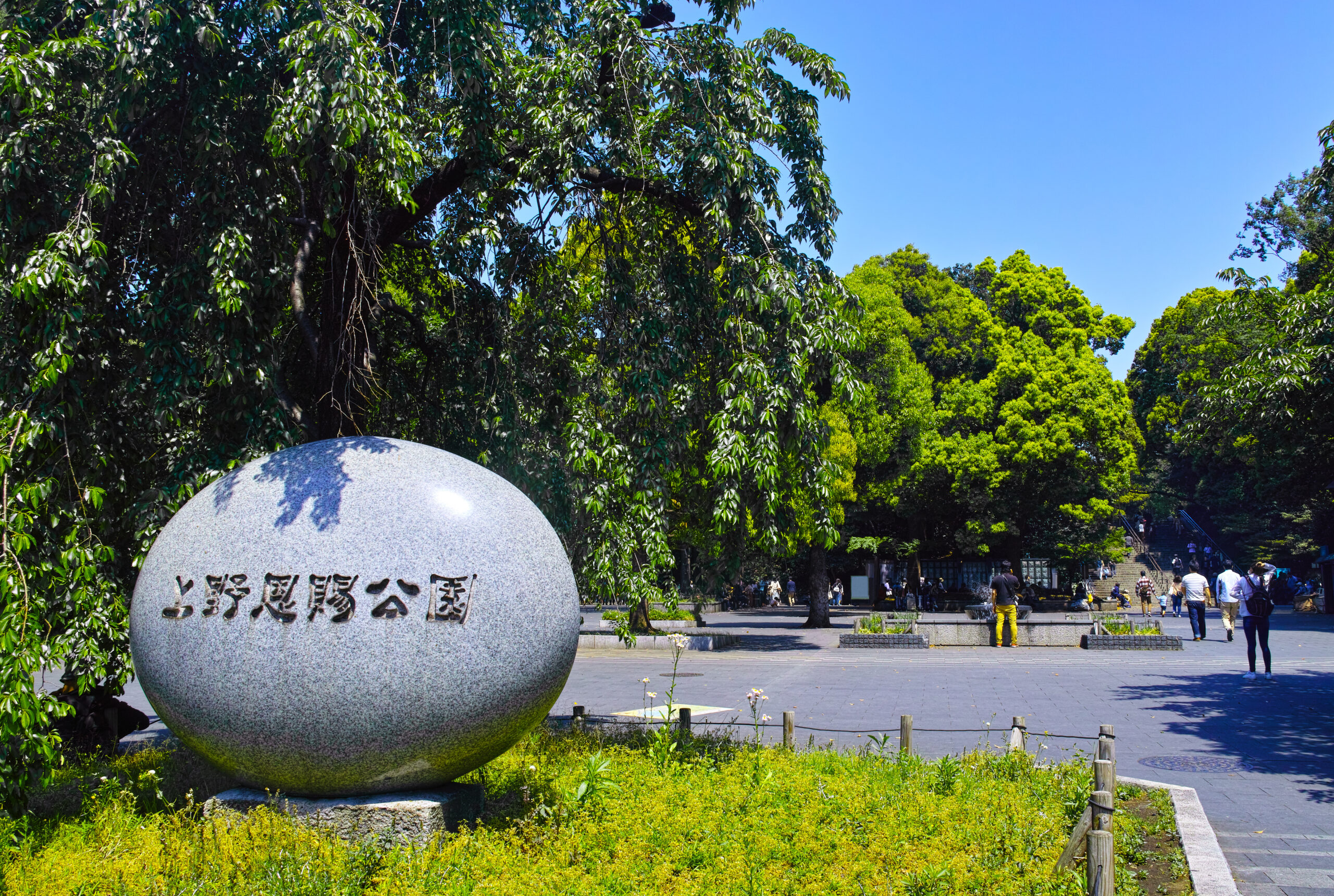
Considering Weather for Specific Activities
Your ideal visiting time might also depend on specific activities you have in mind:
- Cherry Blossom Viewing (花見 – hanami): Late March to mid-April is typically the best time for cherry blossoms in popular destinations like Tokyo and Kyoto. However, the exact timing can vary each year and by region.
- Hiking and Outdoor Activities: Spring and autumn offer the most comfortable temperatures for hiking and exploring Japan’s natural beauty.
- Skiing and Snowboarding: Winter (December to February) is the prime season for winter sports, especially in areas like Hokkaido and the Japan Alps.
- Beaches and Summer Festivals (夏祭り – natsu matsuri): If you’re looking to enjoy Japan’s beaches and participate in vibrant summer festivals, then July and August might be your preferred months, despite the heat and humidity.
- Avoiding Crowds and Extreme Weather: Traveling during the shoulder seasons (late spring or early autumn) can help you avoid peak tourist crowds and the most extreme weather conditions of summer and winter.
Ultimately, the best time to visit Japan weather-wise is subjective and depends on your priorities. However, for generally comfortable and enjoyable weather, spring and autumn are often recommended.
Conclusion
Japan offers a diverse climate with four distinct seasons, each bringing its own unique beauty and weather patterns. From the mild, flower-filled spring and the hot, humid summer with its vibrant festivals, to the comfortable, colorful autumn and the sometimes snowy winter, there is always something interesting happening in Japan’s weather. Understanding these seasonal changes and being prepared for them will undoubtedly enhance your experience of living in or visiting this fascinating country.
We hope this guide has provided you with valuable insights into what to expect from Japan’s climate throughout the year, helping you to feel more confident and ready to embrace life in Japan.
Q&A about Japan’s Climate
What is the hottest month in Japan?
Generally, August is considered the hottest month in most parts of Japan. During this time, temperatures often exceed 30℃ (86℉), and humidity is also very high, making it feel even hotter.
When is the rainy season in Tokyo? (Weather in Tokyo)
The rainy season, or 梅雨 (tsuyu), in Tokyo typically begins in early to mid-June and lasts for about a month, usually ending around mid-July. This period is characterized by frequent rainfall and high humidity.
I’m moving to Japan soon, and I’m a bit worried about typhoons. When do typhoons usually occur?
It’s understandable to be concerned about typhoons (台風 – taifū) when moving to Japan. Generally, the peak typhoon season in Japan runs from summer to early autumn, typically between August and October. However, it’s always a good practice to stay informed about the weather, regardless of the season. The Japan Meteorological Agency (JMA) provides up-to-date forecasts and warnings. If a typhoon were approaching, they would issue alerts and guidance on what precautions to take to stay safe.
Does it snow everywhere in Japan during winter?
No, it does not snow everywhere in Japan during winter. While regions like Hokkaido (北海道) and the Japan Alps (日本アルプス – Nihon Arupusu) experience heavy snowfall, other areas, such as Okinawa (沖縄), have very mild winters with no snow. Cities like Tokyo (東京) and Osaka (大阪) may see occasional snowfall, but it usually doesn’t last for long.
What is the best time to see cherry blossoms?
The best time to see cherry blossoms (桜 – sakura) in Japan varies by location, but generally, the peak bloom in popular areas like Tokyo and Kyoto occurs from late March to mid-April. The cherry blossom front moves from south to north across the country, so the timing will differ depending on the specific region you plan to visit.


